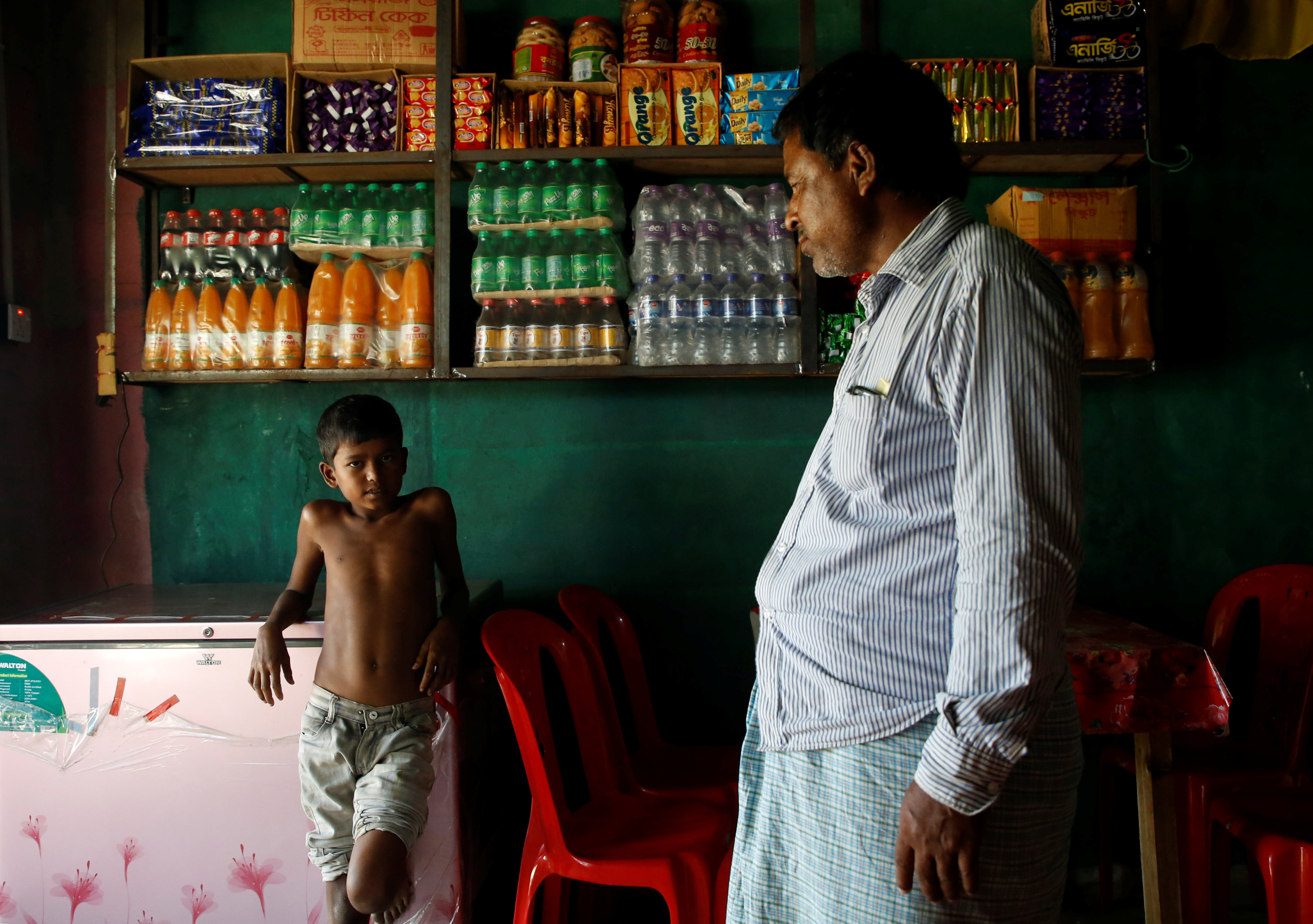
(Reuters) – Homicides in Chicago fell 16 percent in 2017 while shootings were down and firearms arrests were up, police said on Monday, marking a reduction in bloodshed that made the city a symbol of U.S. gun violence and an object of criticism for President Donald Trump.
Police reported 650 homicides in an annual report on crime statistics, down from 771 in 2016. Shooting incidents fell 22 percent and the number of shooting victims fell by 892 people, a 21 percent drop. Meanwhile, gun arrests increased 27 percent and police reported seizing more than 8,600 illegal weapons.
Police attributed the drop to putting more officers on the streets, investing in new technology and a smarter policing strategy.
The city was also coming off a high baseline after the number of homicides in 2016, which represented a nearly 60 percent spike from the previous year.
The United States’ third largest city still ranks No. 1 in murders, with more than the two largest cities combined. New York and Los Angles each had fewer than 300 homicides in 2017.
Overall crime for other offenses – including sexual assault, robbery, aggravated battery, burglary and vehicle theft – was down 2 percent, police said.
“I am proud of the progress our officers made in reducing gun violence all across the city in 2017, but none of us are satisfied,” Chicago Police Superintendent Eddie Johnson said in the report. “In 2018, we are going to work to build on the progress we made last year – to reduce gun violence, to save lives and to find justice for victims.”
Chicago initiated police reforms in 2017 after a federal investigation found officers routinely violated people’s civil rights, citing excessive force and racially discriminatory conduct.
The city hired more than 1,100 new police officers in 2017, and the department issued a new policy on use of force.
Crime fell by 43 percent in Englewood district and 26 percent in Harrison, the first two districts to employ so-called Strategic Decision Support Centers, police said.
The centers use predictive crime software to enable a more efficient deployment of officers, install more cameras, set up gunshot detection systems and send real-time notifications and intelligence data to officers on their smartphones, the department said.
The deployment of more than 7,000 body cameras was the largest of its kind in the United States, the report said.
Trump made Chicago crime a theme of his 2016 campaign and kept criticizing the city in 2017 even as crime fell.
“Crime and killings in Chicago have reached such epidemic proportions that I am sending in Federal help. 1714 shootings in Chicago this year!” the Republican president wrote on Twitter in June.
Attorney General Jeff Sessions said Trump’s tweet referred to sending more federal agents to Chicago and plans to prosecute firearms cases aggressively.
A spokesman for Chicago Mayor Rahm Emanuel, a Democrat, thanked the U.S. government for 20 additional agents from the Bureau of Alcohol, Tobacco, Firearms and Explosives but said the progress was made before those agents had arrived.
(Reporting by Daniel Trotta; Editing by Frank McGurty and Jonathan Oatis)





